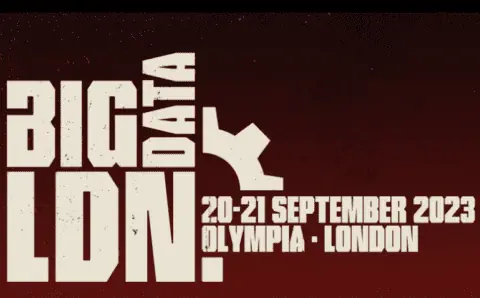In recent months we’ve been seeing a rise in the amount of interest in predictive analytics from our clients, so we’ve decided to run a series of blog postings to explain what predictive analytics is, how it’s used and so on. What seems to be happening is that people are hearing the word “analytics” used more and more, and want to be able to take advantage of analytics, but they’re not exactly sure how analytics differs from Business Intelligence or where analytics fits into an overall information strategy.
We thought we’d start by explaining what predictive analytics is.
With predictive analytics you aim to predict future behaviour or events using the data that you have about things that have already happened.
For example, I know that whenever I have left home to drive to work after 8:00 in the morning, it has taken me at least 40 minutes to get to the office, whereas whenever I have left before 7:30 it’s taken me about 20 minutes.
So, based on my analysis of historical data (the correlation between the time I leave and the length of the journey) I can predict that if I leave tomorrow
morning at 7:20 I will arrive at 7:40. If I had an important early meeting at 7:45 but wasn’t really a morning person, this simple predictive model would be extremely valuable to me.
Typically the relationships in the data aren’t as simple as they are in the car journey example, so we need some help to identify patterns in the historical data. That’s where data mining comes in. Data mining means applying mathematical formulae to a set of data, with the aim of identifying relationships between variables in the data that aren’t obvious at first.
The mining is what tells us the equivalent of “If you leave before 7:30, it will take you 20 minutes; after 8:00, it will take you over 40 minutes.” If someone has the skill and knowledge to interpret the output from the mining it can provide insights that can greatly increase their future ability to achieve whatever they want to achieve, whether that is to better target new customers, identify fraudulent insurance claims or simply get home to see their family on time.
The next posting on predictive analytics will aim to illustrate how predictive analytics is used in practice by organisations today and what types of situation it is well suited to.



